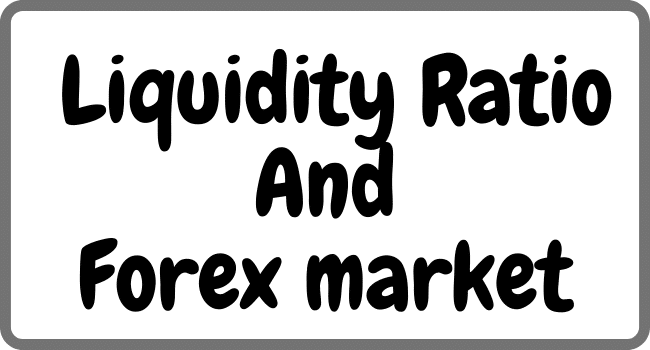Table of Contents
Traders prefer to deal with trading platforms that execute their orders promptly. That is why it’s crucial to connect traders with top-notch liquidity providers. Further, investors should know more about all terms of liquidity.
Liquidity Ratio: basic concepts
The concept of liquidity is vital for all financial markets, as traders and investors want to learn more about their chances to make successful deals with different assets. There are various forms of liquidity; this is why it’s challenging for newcomer traders to know about all the levels of liquidity.
The liquidity ratio (LR) is one of the most complicated terms to understand for beginner investors. Therefore, it’s better to explain this notion adequately.
The concept of liquidity ratio and ways to calculate this number
First, a newcomer trader needs to know what the LR index means. This rate shows a company’s ability to meet financial commitments within a month/quarter/year.
Liquidity ratios are roughly broken into three categories:
- Current liquidity ratio (CLR). This rate is straightforward to calculate, as traders and investors need to divide assets by the company’s obligations. After all, a trader will promptly understand the company’s financial conditions without analyzing assets under management.
- Acid-test liquidity ratio (ATLR). This number reveals a company’s ability to fulfill its financial commitments. ATLR pays attention to the cash equity.
- Cash liquidity ratio (CLR). Lending companies use this rate to assess the financial capabilities of the business under revision.
But how to estimate the liquidity ratio? The CLR formula is used to understand the financial health of the company. For example, a specific business has a pool of assets worth $30 mln. At the same time, the amount of obligations is $10 mln. The LR equals 3.0, which means that the financial health of the company is quite good. When the liquidity ratio number is more than 1.0, traders/investors may benefit from the pool of the company’s assets.
How Liquidity Ratio and the Forex market are related?
The FX market is a highly profitable sphere with a tremendous money flow, while the average trading volume is about $7 trillion. Therefore, it’s tricky to use the LR index to estimate the market when new players think about starting a Forex business.
However, traders and investors may select a specific asset to compare its daily turnover with the overall market depth. When a newcomer trader doesn’t cooperate with a liquidity provider, the order book is limited. It’s all because brokerages rely on the registered brokers solely.
As for investors that leverage L1 liquidity aggregators, their LR index is high because they access the largest financial institutions. For instance, the overall EUR/USD daily trading volume is $1.17 trillion, while the daily turnover of the USD/CAD currency pair equals $275 billion. Therefore, trustworthy liquidity providers make the order book exclusively deep, filling orders in a matter of milliseconds.
But there is a question: how to find a trustworthy Tier 1 liquidity provider? The most reliable companies combine ready-made solutions with innovative options. It helps to provide top-notch help in skyrocketing your Forex brokerage business. B2Broker is a leading company that offers liquidity for different assets.
Read more on KulFiy
